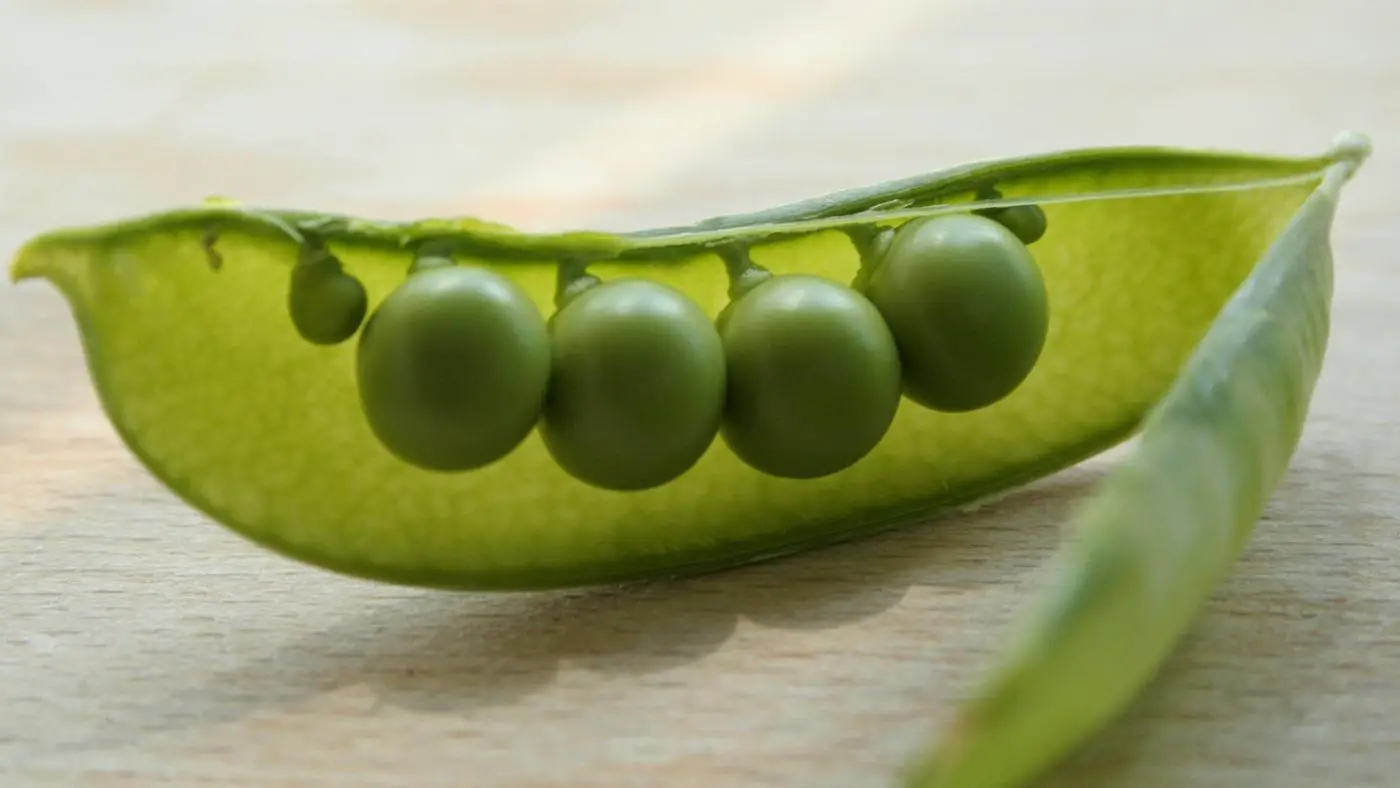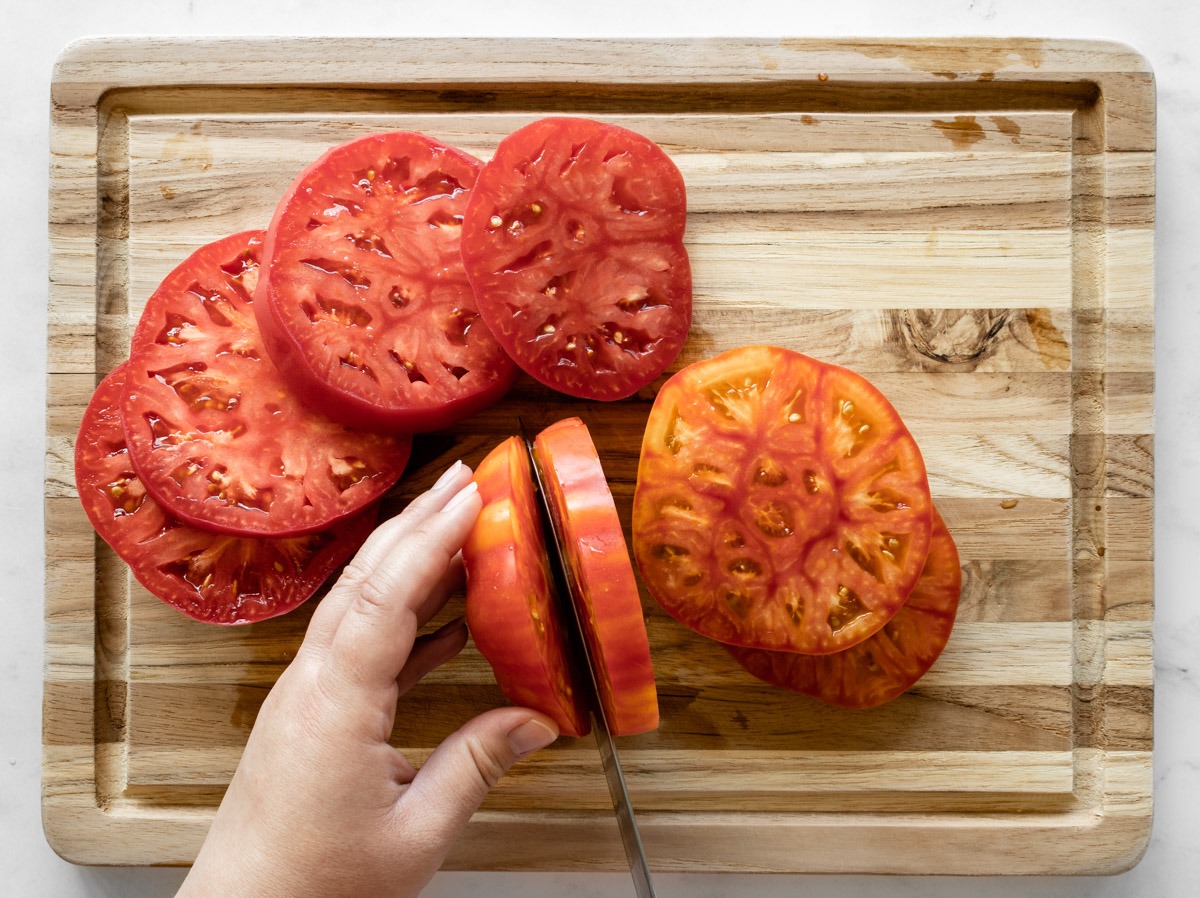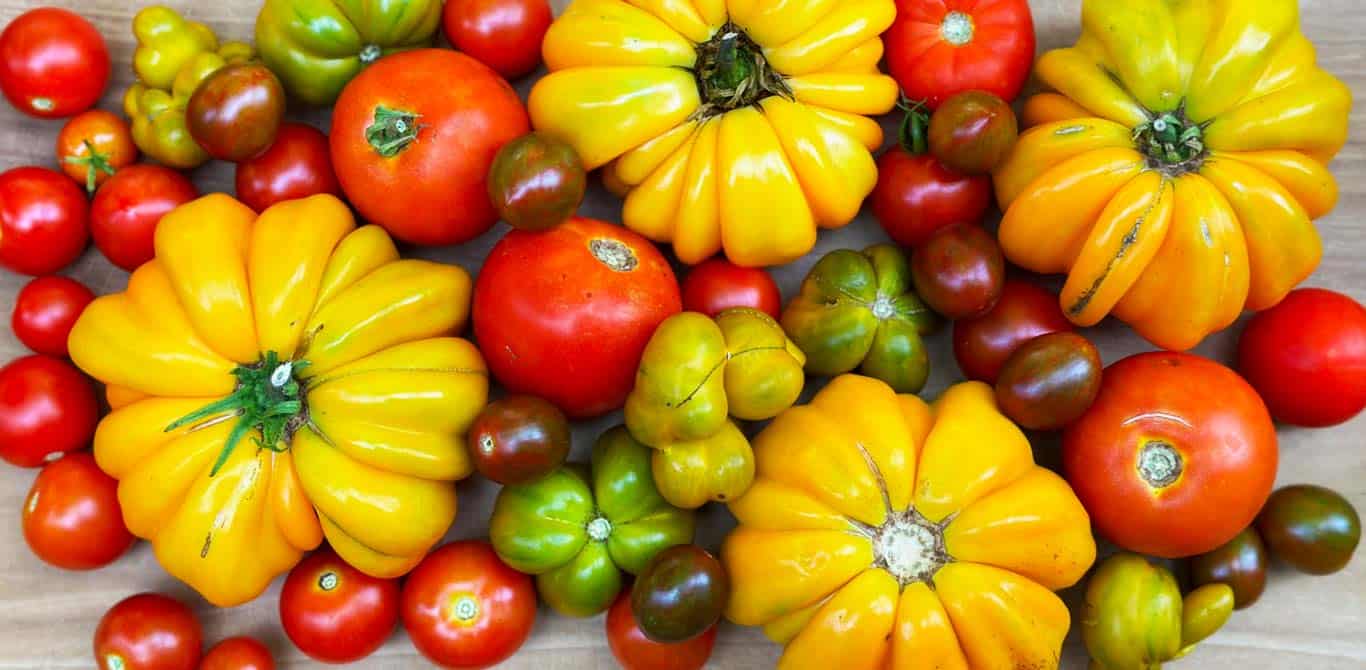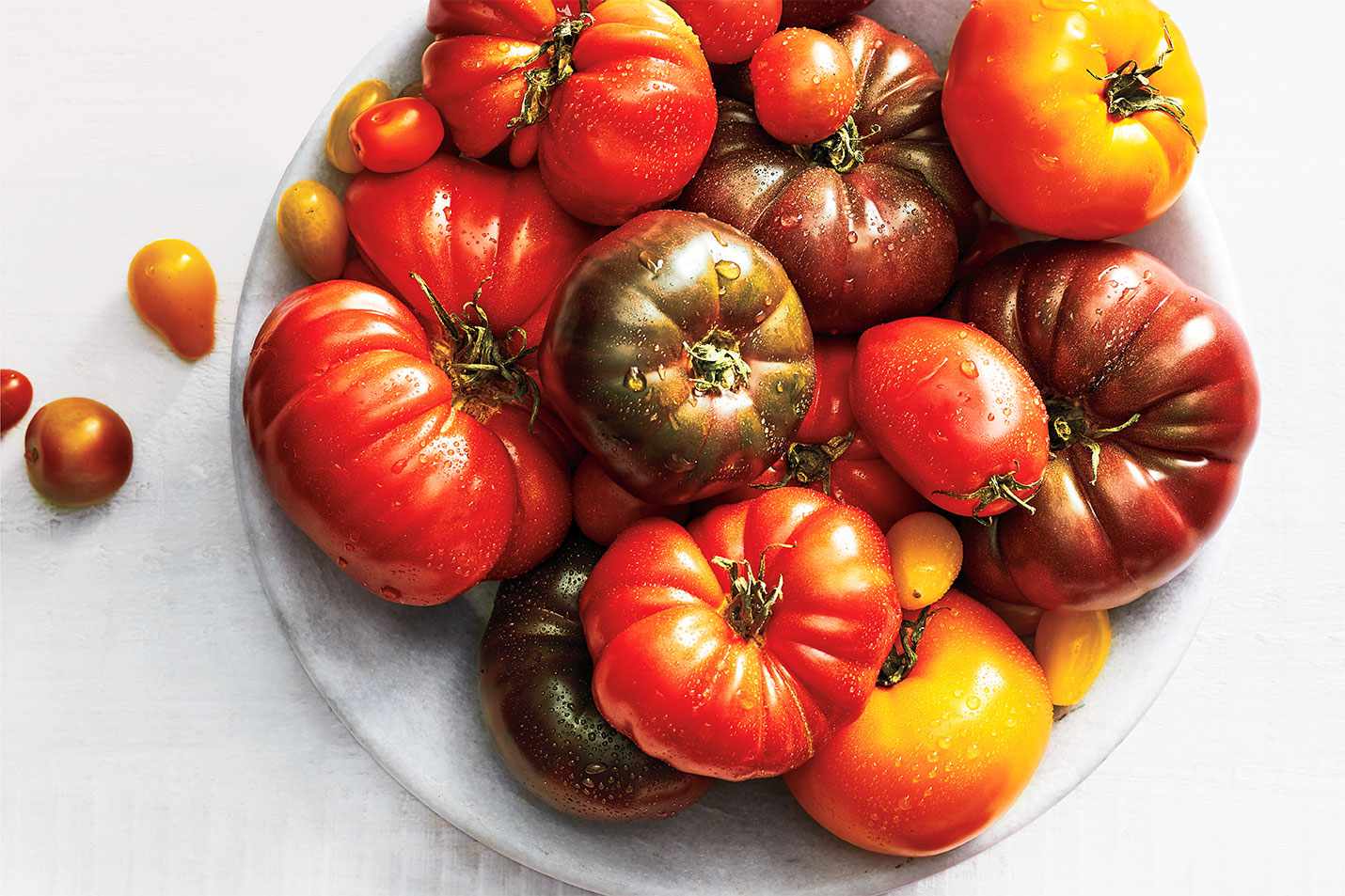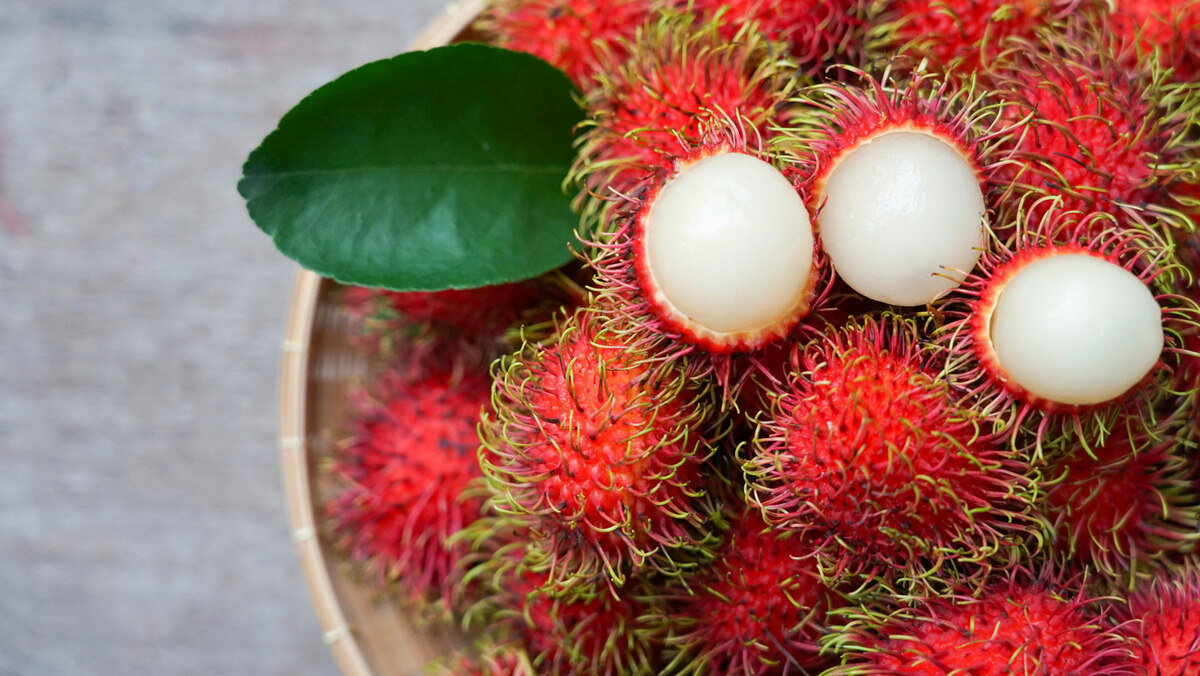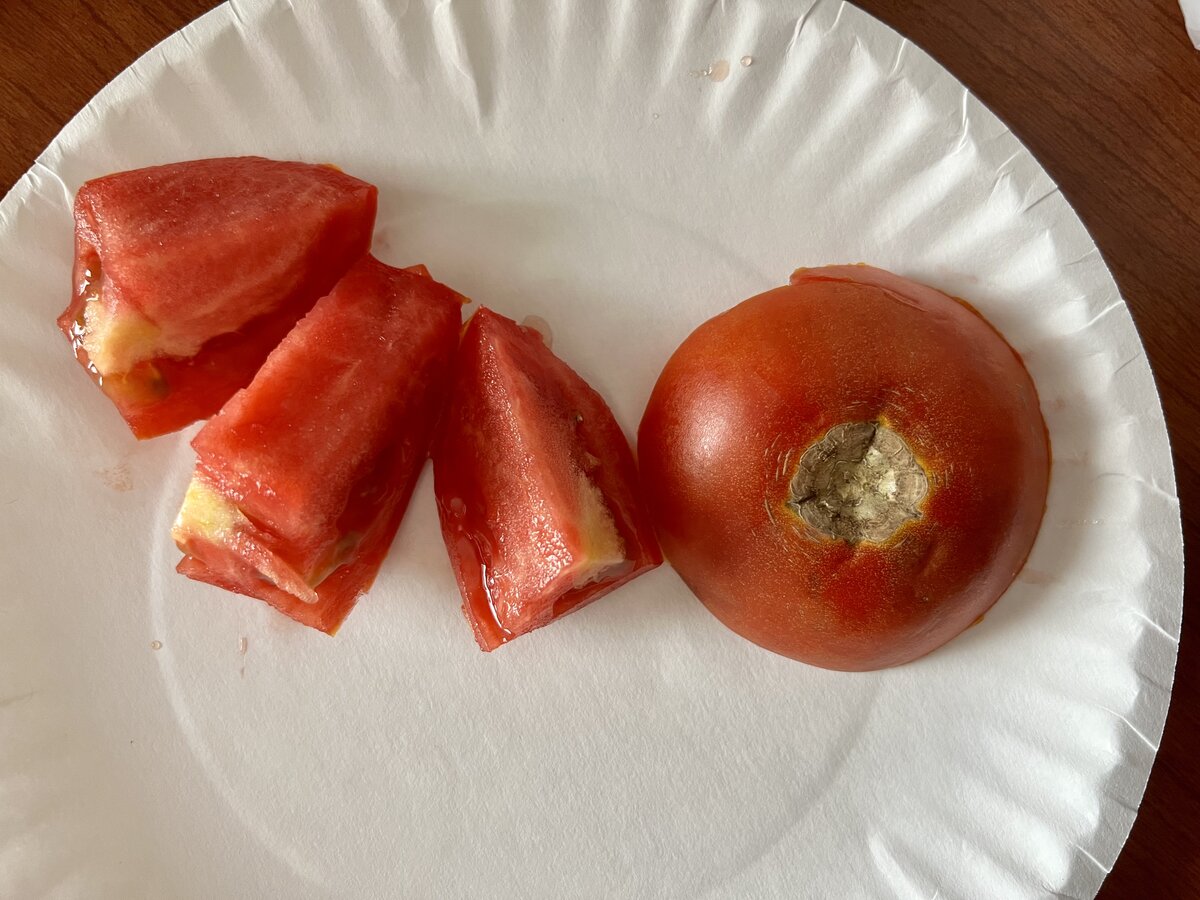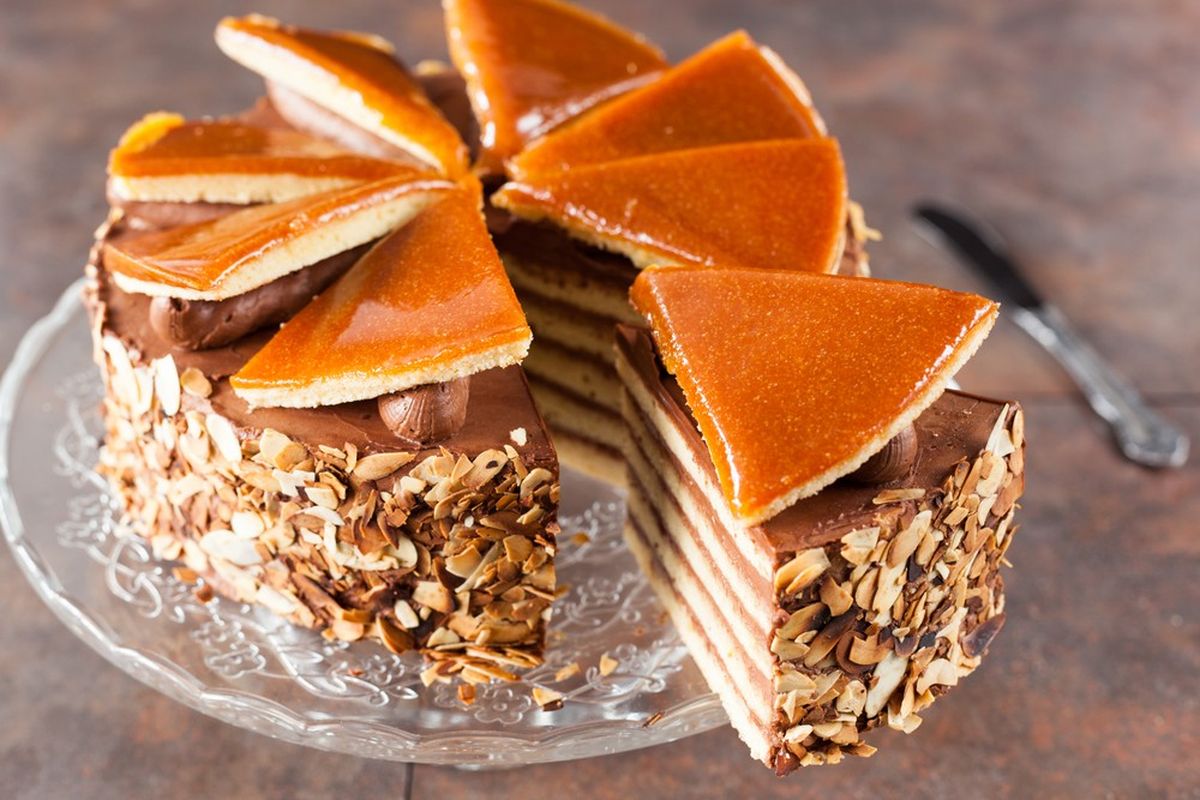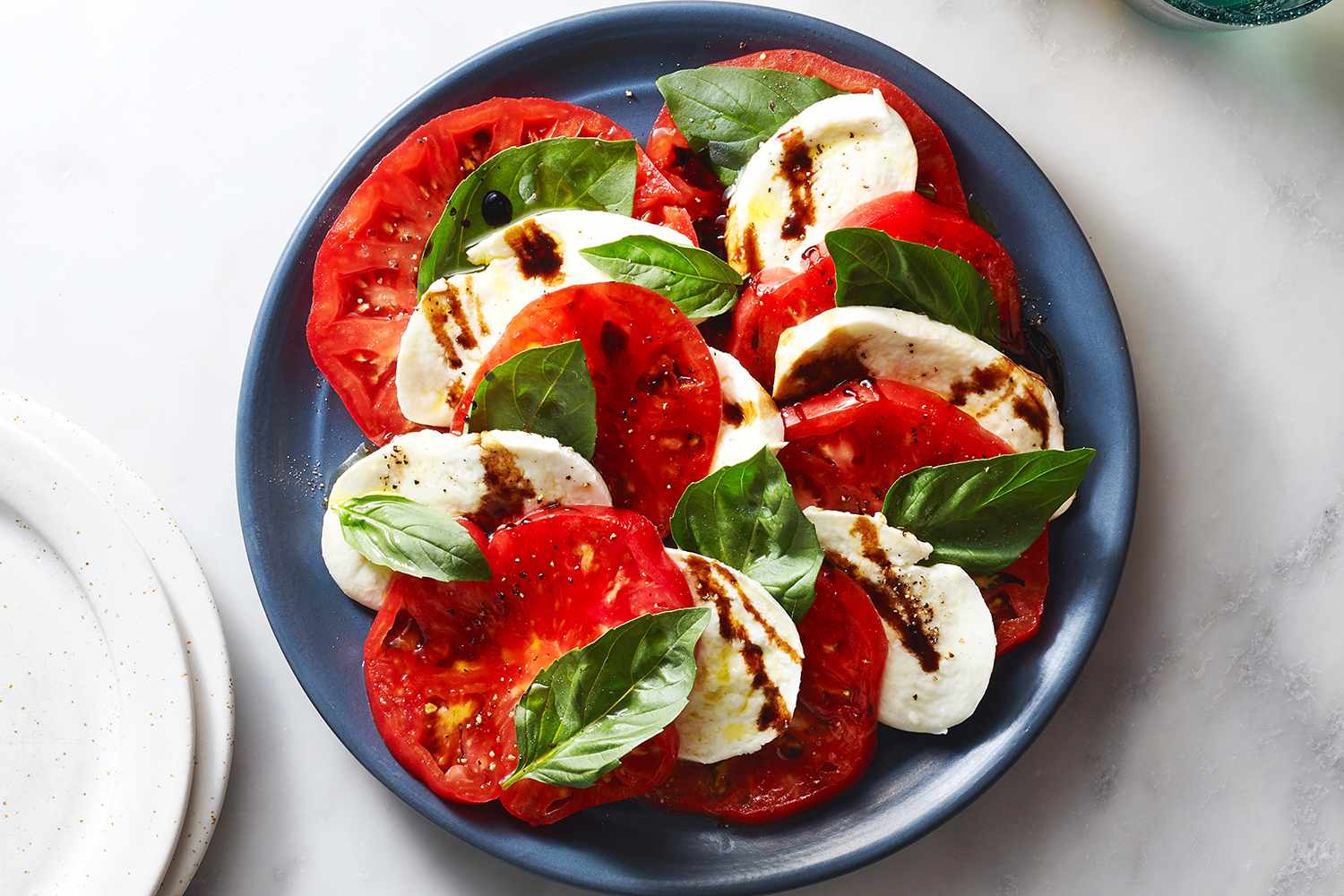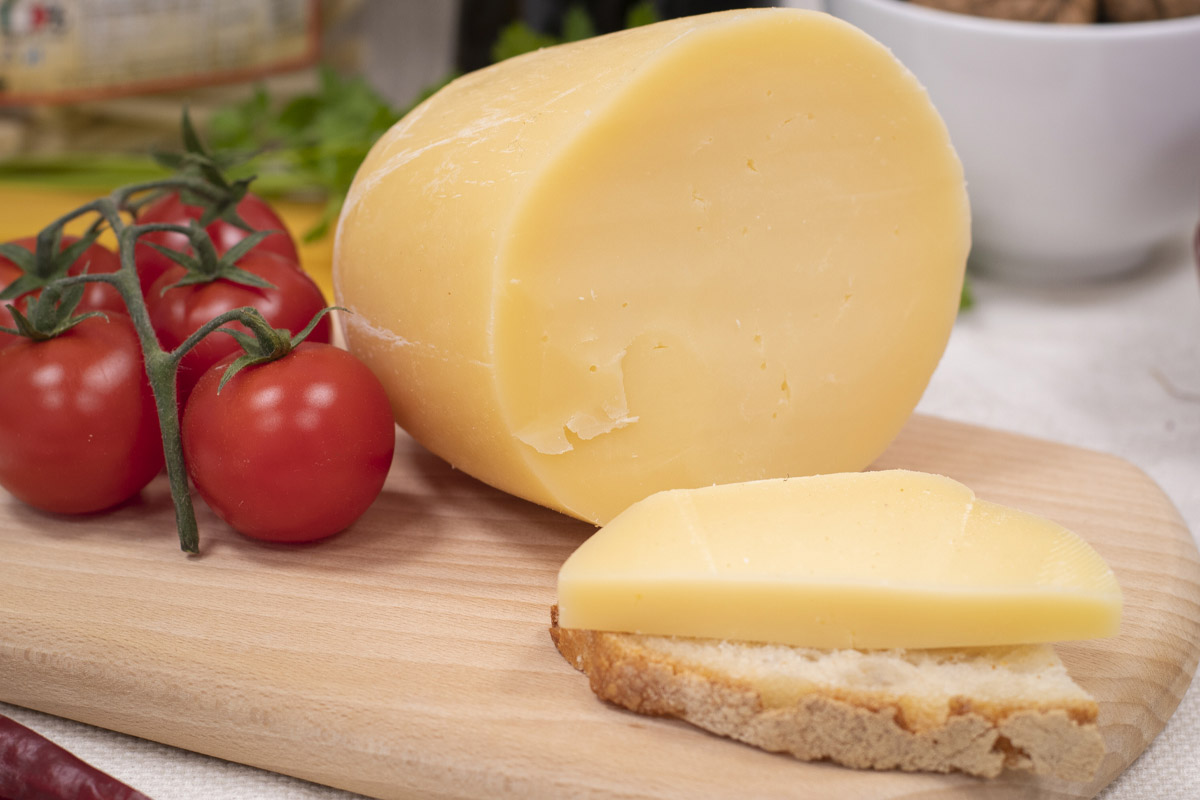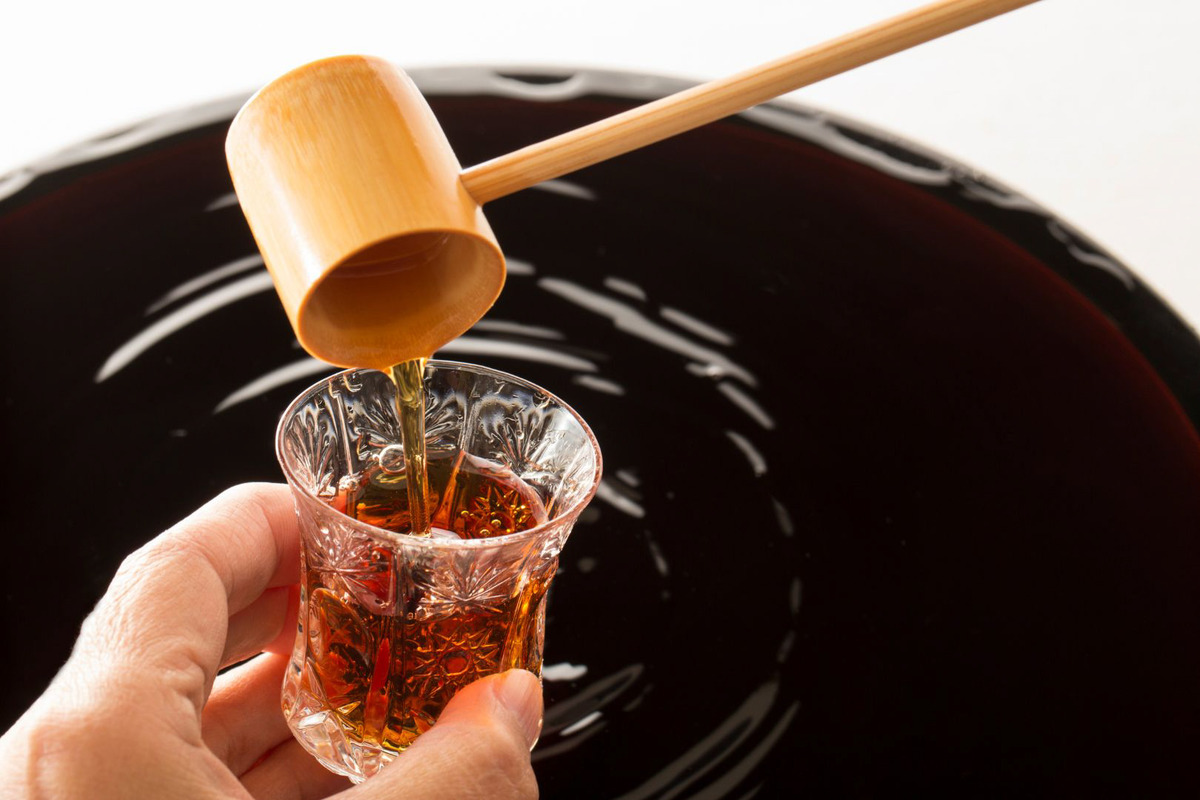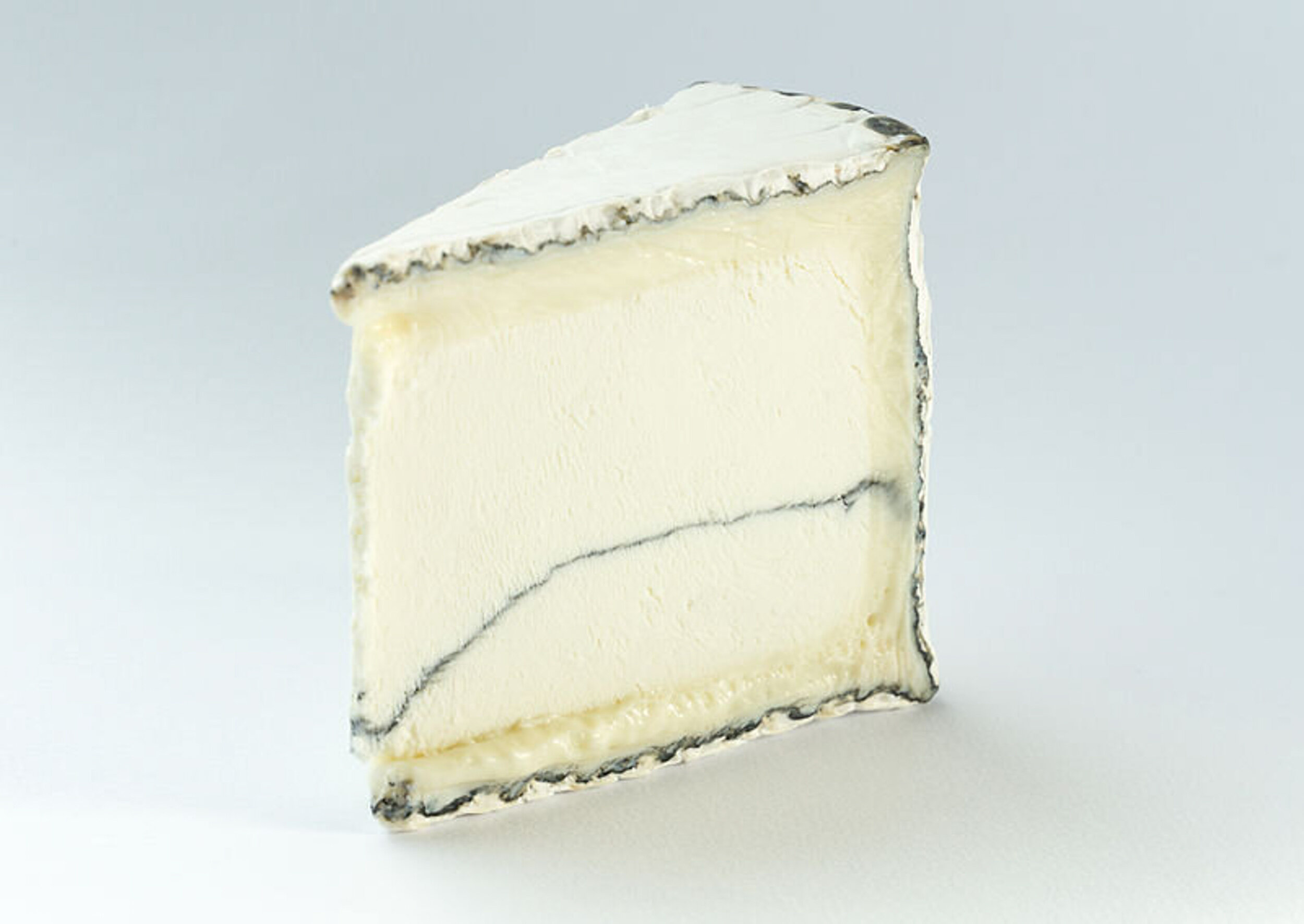Heirloom fruits offer a taste of history, connecting us to flavors from generations past. Unlike modern hybrids, these fruits have been passed down through families and communities, preserving unique tastes and textures. From the rich, deep flavor of an Arkansas Black apple to the sweet, juicy burst of a Moon and Stars watermelon, heirloom varieties bring diversity to our tables. They often boast vibrant colors and unusual shapes, making them as visually appealing as they are delicious. Growing heirloom fruits also supports biodiversity, ensuring that these treasured varieties continue to thrive for future generations.
Gather Your Ingredients for Heirloom Fruits
Exploring the World of Heirloom Fruits
-
Apples
- Ashmead's Kernel
- Esopus Spitzenburg
- Gravenstein
-
Pears
- Seckel
- Comice
- Forelle
-
Tomatoes
- Brandywine
- Cherokee Purple
- Green Zebra
-
Peaches
- Elberta
- Indian Blood
- Belle of Georgia
-
Plums
- Damson
- Green Gage
- Santa Rosa
-
Grapes
- Concord
- Catawba
- Muscadine
Essential Tools for Exploring Heirloom Fruits
- Chef's Knife: For precise cutting and chopping of fruits.
- Cutting Board: Preferably wooden or bamboo, to protect knife blades.
- Fruit Peeler: Essential for removing skins smoothly.
- Melon Baller: Useful for creating attractive fruit presentations.
- Citrus Juicer: To extract fresh juice without seeds or pulp.
- Paring Knife: Ideal for intricate cuts and peeling smaller fruits.
- Vegetable Brush: For gently cleaning the surface of fruits.
- Colander: To rinse fruits thoroughly under running water.
- Mixing Bowls: Various sizes for sorting and preparing fruits.
- Measuring Cups and Spoons: For precise ingredient portions.
- Blender or Food Processor: For making purees or fruit-based sauces.
- Salad Spinner: To dry washed fruits quickly.
- Storage Containers: Airtight options for preserving cut fruits.
- Thermometer: For checking temperatures when cooking fruit-based dishes.
- Spatulas and Wooden Spoons: Non-reactive tools for mixing and stirring.
Heirloom fruits offer unique flavors and vibrant colors. They are often grown from seeds passed down through generations, ensuring biodiversity and preserving traditional varieties. Enjoy their rich taste and historical significance.
Why Dive into Heirloom Fruits
Heirloom fruits carry history and genetic diversity unlike their commercial counterparts. Cultivated through traditional farming techniques, these varieties offer unique flavors, colors, and textures. They represent a rich cultural heritage, passed down through generations, preserving biodiversity and enhancing our culinary landscape.
Supporting heirloom fruits encourages sustainable agriculture practices. By choosing these varieties, consumers contribute to the conservation of rare species and promote a healthier ecosystem. This choice supports small farmers and fosters a connection between our food and its origins, ensuring that these precious varieties continue to thrive for future generations.
Step-by-Step Guide to Heirloom Fruits
Exploring the World of Heirloom Fruits
-
Understanding Heirloom Fruits
- Definition: Heirloom fruits are traditional varieties passed down through generations.
- Characteristics: Unique flavors, colors, and shapes.
- History: Often grown for over 50 years, preserving genetic diversity.
-
Identifying Heirloom Varieties
- Tomatoes: Brandywine, Cherokee Purple, Green Zebra.
- Apples: Gravenstein, Ashmead's Kernel, Esopus Spitzenburg.
- Pears: Seckel, Bartlett, Comice.
- Berries: Boysenberry, Blackcap Raspberry, Gooseberry.
-
Benefits of Heirloom Fruits
- Flavor: Rich, complex tastes not found in commercial varieties.
- Nutrition: Often higher in vitamins and antioxidants.
- Sustainability: Promotes biodiversity and supports local farmers.
-
Growing Heirloom Fruits
- Seed Selection: Purchase from reputable sources specializing in heirlooms.
- Soil Preparation: Use organic compost and ensure proper drainage.
- Planting: Follow specific guidelines for each fruit type.
- Watering: Maintain consistent moisture without overwatering.
- Pest Control: Use natural methods like companion planting and beneficial insects.
-
Harvesting Heirloom Fruits
- Timing: Harvest when fruits reach peak ripeness for best flavor.
- Techniques: Use gentle methods to avoid bruising delicate fruits.
- Storage: Store in cool, dry places or refrigerate if necessary.
-
Preserving Heirloom Fruits
- Canning: Preserve fruits in jars using water bath or pressure canning.
- Freezing: Freeze fruits in airtight containers or bags.
- Drying: Use a dehydrator or oven to dry fruits for long-term storage.
- Jams and Jellies: Make spreads to enjoy heirloom flavors year-round.
-
Cooking with Heirloom Fruits
- Fresh: Enjoy raw in salads, desserts, or as snacks.
- Baking: Use in pies, tarts, and cakes for unique flavors.
- Sauces: Create sauces and chutneys to complement savory dishes.
-
Supporting Heirloom Fruit Farmers
- Farmers Markets: Purchase directly from local growers.
- Community Supported Agriculture (CSA): Join a CSA to receive seasonal heirloom fruits.
- Seed Exchanges: Participate in seed swaps to share and receive heirloom seeds.
-
Educating Others
- Workshops: Attend or host workshops on growing and preserving heirloom fruits.
- Social Media: Share experiences and tips on platforms like Instagram and Facebook.
- Community Gardens: Get involved in local gardening projects to promote heirloom varieties.
-
Saving Heirloom Seeds
- Selection: Choose the best fruits for seed saving.
- Cleaning: Remove seeds and clean thoroughly.
- Drying: Dry seeds completely before storing.
- Storage: Store in cool, dark, and dry places to maintain viability.
A Fresh Perspective on Heirloom Fruits
Diving into the world of heirloom fruits opens up a treasure chest of flavors, stories, and traditions that have been passed down through generations. These fruits, with their unique tastes and textures, not only enrich our palates but also connect us to our agricultural heritage. Choosing heirloom varieties supports biodiversity, encourages sustainable farming practices, and helps small farmers keep their traditions alive. Next time you're at the market, pick up an heirloom fruit. Whether it's a juicy tomato, a crisp apple, or a sweet peach, you're not just enjoying a delicious snack. You're partaking in a legacy that stretches back centuries. Let's cherish and preserve these living heirlooms for future generations to savor and celebrate.
Common Questions About Heirloom Fruits
What are heirloom fruits?
Heirloom fruits are varieties that have been passed down through generations, often over 50 years. They’re known for their unique flavors, colors, and shapes.
How do heirloom fruits differ from regular fruits?
Unlike regular fruits, heirloom fruits are open-pollinated, meaning they rely on natural pollination from insects, birds, or wind. This results in greater genetic diversity and distinct characteristics.
Why should I choose heirloom fruits?
Heirloom fruits offer richer flavors and more nutrients compared to many commercial varieties. Plus, growing them helps preserve biodiversity and supports sustainable farming practices.
Where can I find heirloom fruits?
Farmers' markets, specialty grocery stores, and online seed catalogs are great places to find heirloom fruits. Sometimes, local farms also offer them directly to consumers.
Can I grow heirloom fruits at home?
Absolutely! Many heirloom fruits can be grown in home gardens. They often require similar care to regular fruit plants but may need specific conditions depending on the variety.
Are heirloom fruits more expensive?
They can be pricier due to their limited supply and the care needed to grow them. However, many people find the unique taste and quality worth the extra cost.
Do heirloom fruits have a shorter shelf life?
Yes, heirloom fruits often have a shorter shelf life because they’re not bred for long-term storage. It’s best to enjoy them soon after purchase for the freshest experience.
